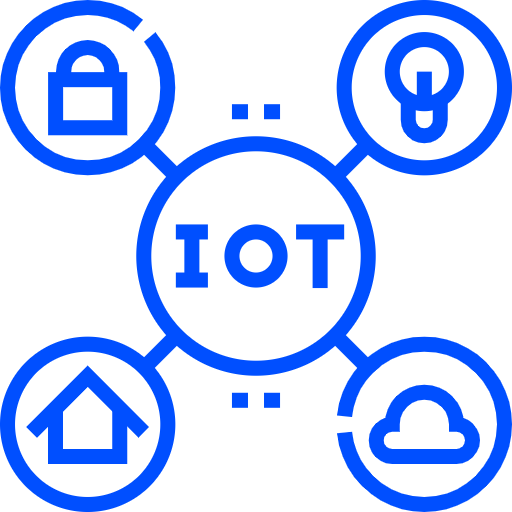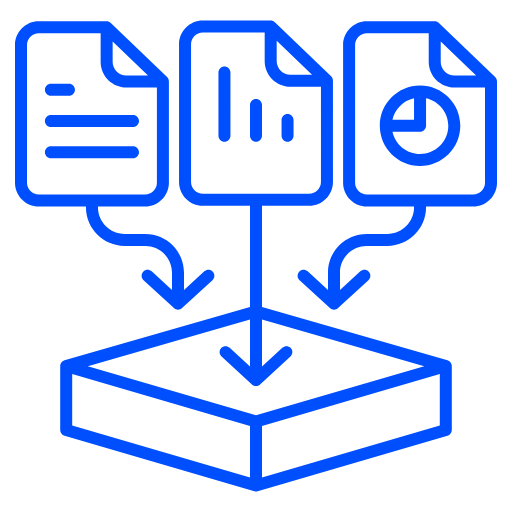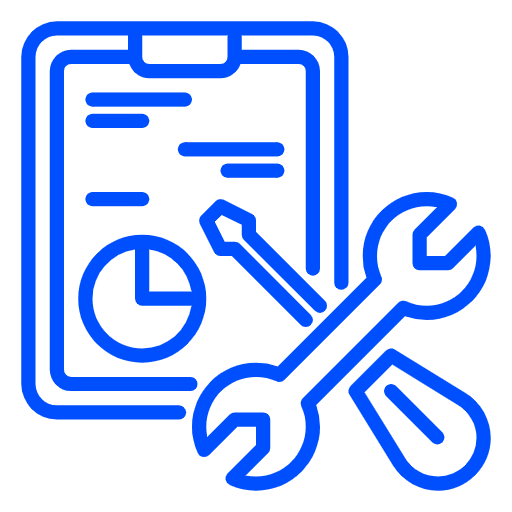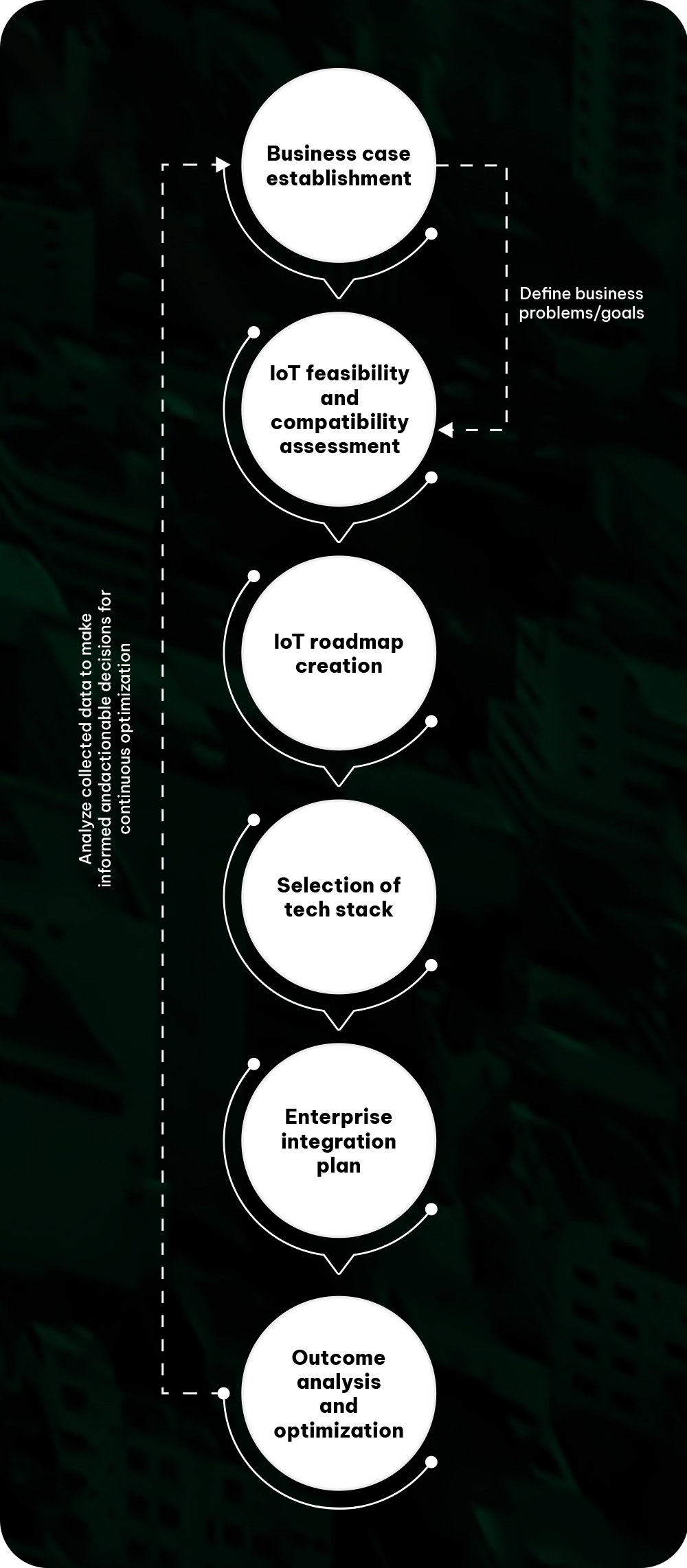Internet of Things (IoT)
Scale fast and accelerate business growth with IoT solutions designed for sustainable success
Scale fast and accelerate business growth with IoT solutions designed for sustainable success
Scale fast and accelerate business growth with IoT solutions designed for sustainable success
Whether you’re looking to optimize your supply chain, improve asset management, or create smarter products, GEM’s IoT services are designed to meet your unique needs and drive your business forward.

We design and build bespoke IoT solutions that cater to your unique business needs. Our team also ensures seamless integration with your existing infrastructure.

GEM helps you build powerful systems for continuous data monitoring and analysis. As a result, you have access to actionable insights that enhance decision-making and operational efficiency.

GEM assists you in leveraging IoT-enabled predictive analytics to anticipate equipment failures and automate key processes.

GEM offers helpful insights and practices to protect your connected devices and data and ensure compliance with the highest industry standards.
GEM’s IoT development services empower businesses with connected, intelligent systems that yield considerable benefits for them.


We help businesses leverage IoT automation to reduce energy consumption, cut operational waste, and minimize downtime and maintenance costs.
By offloading the burden
of day-to-day IT management, businesses can redirect internal resources toward more strategic initiatives and activities.
GEM’s scalable managed services allow businesses to seamlessly expand or adapt their IT infrastructure. Therefore, your company grows in a sustainable and controlled manner.



In 2023, the global Internet of Things (IoT) market generated $848.32 billion in revenue. According to Statista, the number of connected IoT devices is projected to grow from 19.8 billion in 2025 to over 40.6 billion by 2034. Businesses across industries are investing in IoT to improve visibility, automate operations, and make faster decisions from connected data. This article outlines the technologies driving IoT, its practical applications, and the services that support adoption, from device integration to data security. Keep reading to explore how IoT is shaping the future of connected systems, and what it takes to bring these solutions to life.
The Internet of Things (IoT) refers to a network of physical devices, ranging from sensors and machines to vehicles and consumer electronics, that collect, transmit, and exchange data through the internet. These devices are embedded with software and connectivity features that let them monitor environments, perform tasks, and interact with other systems without human intervention.
IoT systems typically consist of four components: connected hardware, data transmission protocols, cloud or edge-based processing, and software platforms for monitoring and control. Together, these elements form the backbone of solutions used in smart factories, healthcare systems, logistics networks, and more. We will also explore these components in details later on.
IoT has moved from experimental technology to a core component of enterprise operations. It supports real-time monitoring, predictive insights, and automated control across physical and digital environments. For businesses, this translates to gains in operational efficiency, reduced downtime, and better resource allocation.
In manufacturing, IoT helps track equipment performance and predict failures before they occur. In retail, it improves inventory visibility and enhances the in-store customer experience. Logistics firms use IoT to monitor fleet activity and optimize delivery routes. Across sectors, the common thread is actionable data, captured at the edge and used to inform decisions that drive measurable outcomes.
As adoption accelerates, IoT is reshaping how organizations manage assets, deliver services, and respond to market demands.
Every IoT system is built on an architecture that connects physical devices to digital insights. These systems rely on the seamless integration of hardware, connectivity, data processing, and control layers to function effectively across use cases.
Key components include:
IoT devices rely on a range of communication protocols to transmit data. The choice depends on factors such as latency, bandwidth, and power consumption.
Sensors measure variables like temperature, motion, pressure, or location, while embedded systems process these inputs locally. These devices form the physical interface between the digital and real world.
Data collected by IoT devices may be processed locally (at the edge) for low-latency decisions, or transmitted to the cloud for storage, analytics, and long-term insights. Many systems use a hybrid model to balance speed and scale.
IoT systems often include actuators or controllers that trigger actions based on data inputs, such as adjusting equipment settings, sending alerts, or initiating workflows. These mechanisms support real-time responsiveness and closed-loop operations.
The scalability and intelligence of IoT systems are made possible by a set of foundational technologies. These technologies support data collection, communication, computation, and decision-making across distributed environments.
Cloud computing and edge computing
Cloud platforms centralize data, support analytics, and integrate with enterprise systems. Edge computing complements this by handling tasks closer to the device, which lowers transmission loads and improves response times.
5G and low-power wide-area networks (LPWAN)
AI and machine learning for advanced analytics
These tools analyze patterns, detect anomalies, and support predictive models. In logistics, they help optimize routing. In manufacturing, they support equipment monitoring and quality tracking.
Digital twins
A digital twin is a virtual representation of a physical object or system. It allows businesses to simulate performance, monitor real-time conditions, and test scenarios before making operational changes.
Cyber-physical systems
These are integrations of computation, networking, and physical processes. In IoT, they support interactions between software and hardware to manage manufacturing lines, smart buildings, or autonomous systems.
IoT protocols (MQTT, CoAP, etc.)
These technologies form the base for scalable, responsive, and domain-specific IoT architectures across sectors.
IoT adoption spans multiple sectors, with tangible use cases transforming how organizations operate, deliver services, and interact with users. Take a look at the key domains where IoT is actively shaping outcomes:
Devices such as thermostats, lighting systems, and home security equipment now integrate with voice assistants and mobile apps. These systems collect usage data to optimize energy consumption, monitor home environments, and provide real-time remote access. Smart meters, appliance controllers, and connected smoke detectors are becoming standard in new residential developments.
Hospitals and care providers use IoT-enabled devices to track vital signs, medication adherence, and patient movement. Wearables and at-home monitoring tools support early detection and chronic disease management. Data collected from these devices is shared directly with care teams, helping reduce hospital visits and streamline follow-ups.
In manufacturing, IoT systems monitor vibration, temperature, and equipment cycles. These data points feed into predictive algorithms that identify maintenance needs before failures occur. Factories also use IoT to manage inventory, track material flows, and measure energy usage across production lines in real time.
Fleet operators use IoT to track vehicle location, monitor driver behavior, and assess fuel consumption. Sensors placed in shipping containers or pallets allow companies to monitor temperature, humidity, and movement, minimizing spoilage and loss. Traffic systems in urban areas are also integrating IoT to control signals and manage congestion dynamically.
Retailers deploy sensors and cameras to study customer movement, dwell times, and product interaction. This data informs store layout decisions and marketing strategies. Smart shelves track inventory levels, while connected POS systems link sales with supply chain systems to automate restocking. Some retailers also use beacons to deliver personalized offers to shoppers in real time.
More: IoT in supply chain application: Cutting shipping cost
City planners use IoT for traffic monitoring, waste collection, and environmental tracking. Sensors embedded in roads and buildings help manage infrastructure health and urban mobility. In utilities, smart grids and connected meters improve load balancing, detect outages faster, and support more accurate billing. Water systems also use IoT to track usage patterns and detect leaks.
Building a scalable and secure IoT solution requires specialized expertise across hardware, software, connectivity, and infrastructure. Companies often work with development partners to manage the technical complexity of connecting devices, processing data, and maintaining system performance.
The following service categories represent the core capabilities involved in IoT solution delivery.
This involves connecting sensors, actuators, and embedded systems to digital platforms. Engineering teams work on:
The goal is to ensure devices can collect data, execute commands, and interact reliably within a networked environment.
Industrial use cases require platforms that support high-volume data ingestion, low-latency processing, and secure device management. Development includes:
These platforms are often deployed in manufacturing, utilities, and energy where downtime and latency translate directly to operational risks.
Organizations may require strategic guidance before investing in full-scale deployment. Consulting services typically cover:
This phase helps align IoT initiatives with business objectives and infrastructure constraints.
IoT systems generate continuous data streams that need to be processed, stored, and routed to downstream systems. Key activities include:
This layer supports decision-making and reporting across business units.
Visualization tools provide stakeholders with operational insights based on live data. Development work in this area focuses on:
These tools are often deployed in control rooms, supply chain hubs, or executive dashboards to support proactive management.
Explore more: IoT food traceability
Testing and validation are integral to IoT deployments, given the interplay between hardware, software, and connectivity. QA and compliance services include:
Each development area plays a distinct role in delivering IoT systems that are operational, secure, and aligned with business outcomes. The complexity of these systems often requires coordinated support across multiple service categories.
As IoT systems scale across enterprise environments, security becomes a foundational concern, spanning devices, networks, data flows, and compliance frameworks. Weaknesses in any layer can expose systems to operational disruption, data breaches, or reputational damage.
Device-Level Security
Each connected device represents a potential attack surface. Security at this layer involves:
These measures prevent unauthorized access and preserve device integrity from the outset.
Data privacy and secure transmission
IoT systems often handle sensitive data, ranging from user behavior to industrial telemetry. Key safeguards include:
These practices maintain confidentiality and mitigate data leakage risks.
Network vulnerabilities
Many IoT deployments operate over mixed networks, including public, private, and cellular channels. Threats such as DDoS attacks, spoofing, and man-in-the-middle interception remain common. To counter these:
A resilient network architecture limits exposure and supports recovery in case of disruption.
Lifecycle management and patching
Security cannot be a one-time exercise. Devices often stay in the field for years, requiring ongoing updates. Key practices include:
Lifecycle management plays a central role in maintaining system reliability and protecting against evolving threats.
Compliance with industry standards
Regulatory and industry-specific standards help formalize security practices. Common frameworks include:
Adhering to these standards supports audit readiness and builds trust with stakeholders.
Addressing these technical and operational risks requires depth across cybersecurity, embedded engineering, and compliance domains. Most organizations lack in-house capabilities to manage this complexity at scale. Collaborating with an experienced IoT development partner, who brings domain expertise, security-tested frameworks, and ongoing support, can reduce exposure, accelerate deployment, and support long-term system resilience.
GEM Corporation is a global IT service provider with a proven track record of delivering customized digital solutions across industries. Since 2014, we have worked with clients in Japan, Korea, Australia, Southeast Asia, the EU, and the US, covering over 300 projects with a team of more than 500 professionals. Known for our technical depth, agile delivery, and industry-specific knowledge, we partner with organizations to drive measurable business outcomes through technology.
GEM’s IoT services are built to support companies in creating connected, intelligent systems that streamline operations and unlock new value streams. The offering includes custom IoT architecture design, smart device integration, and real-time data analytics development, tailored to each client’s industry and infrastructure. We also develop predictive maintenance systems that help anticipate failures and automate interventions, reducing operational waste and equipment downtime. Security is addressed with specialized consultancy that covers device protection, data encryption, and compliance with frameworks such as ISO/IEC 30141. These services are built to scale with the business, supporting long-term growth through flexibility, automation, and data-driven decision-making.
More about “IoT“
The internet of things (IoT) is reshaping how organizations operate, make decisions, and deliver services, across sectors from manufacturing to healthcare. Success depends on the ability to integrate devices, process data at scale, and maintain security throughout the system lifecycle. With the right architecture, real-time analytics, and domain-specific applications, IoT becomes a strategic asset rather than a technical add-on.
GEM supports this transformation through tailored development, predictive systems, and secure deployments. To explore how IoT can advance your business goals, contact GEM’s team of experts today.
